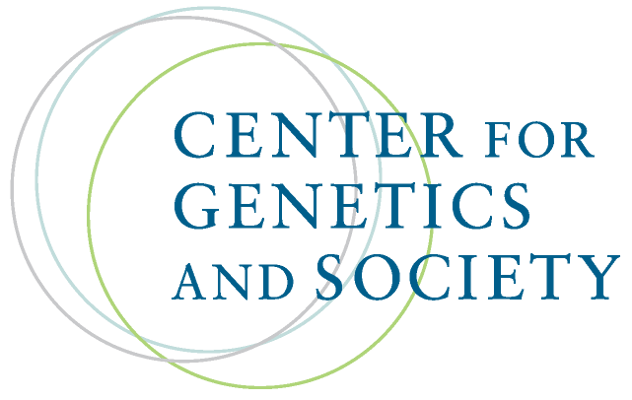Aggregated News
In 2004, a New Jersey prosecutor announced that DNA had solved the mystery of who killed Jane Durrua, an eighth-grader who was raped, beaten and strangled 36 years earlier.
"Through DNA, we put a face to the killer of Jane Durrua, and that face belongs to Jerry Bellamy," prosecutor John Kaye said.
Two years after Bellamy's arrest, investigators discovered that evidence from the murder scene had been contaminated by DNA from Bellamy, whose genetic sample was being tested at the same lab in an unrelated case. He was freed. Another man ultimately was arrested in the killing but died before trial.
DNA has proved itself by far the most effective and reliable forensic science. Over the last two decades, it has solved crimes once thought unsolvable, brought elusive murderers and rapists to justice years after their misdeeds and exonerated the innocent. In courtrooms and in the popular imagination, it is often seen as unassailable.
But as the nation rushes to take advantage of DNA's powers, it is becoming clear that genetic sleuthing also has significant limitations:
* Although best known...



